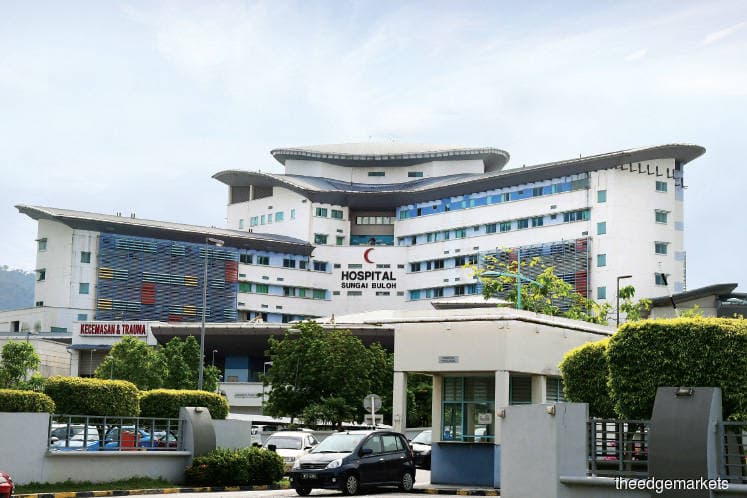
This article first appeared in The Edge Financial Daily on July 16, 2019
KUALA LUMPUR: The emergency and trauma departments (ETDs) at Malaysian hospitals are understaffed, overcrowded, underfunded and do not have enough equipment to provide proper levels of care.
The latest audit report by the National Audit Department (NAD) also flagged the issue with funding for ETDs, which it deemed “insufficient”.
“The provision of financial allocation, which is insufficient, may affect the ETD’s service efficiency,” the audit report released yesterday stated.
Among others, shortage of funds means that hospitals are unable to properly replace and procure new equipment, said the Ministry of Health (MoH) in response to the audit findings.
The MoH said that between 2016 and 2018, it requested for RM96.95 million for this purpose, but only received RM20.32 million or 21% of the requested amount.
Therefore, the MoH resorted to the leasing of some equipment for radiology, general surgery, orthopaedic, anaesthesiology and intensive care.
Reviewing four out of 38 hospitals nationwide that fall into the Level of Care III and IV categories, the NAD found that the number of patients at these hospitals exceeded the level of care by between 5.7% and 95.6%, causing congestion.
In addition, only 58.7% to 74.5% of the patients were treated within four to six hours. The audit also found that 917 cases of “access block”, where patients were unable to be moved to medical wards.
There were 140 hospitals nationwide as of 2018. In 2017, these hospitals received 8.01 million ETD patients, accounting for 38.1% of total outpatients in Malaysian hospitals.
From the 140 hospitals, 80 are Level of Care I (non-specialist hospitals); 22 are Level of Care II (specialist hospitals with 150-200 ETD patients daily, and 54,750-73,000 annual patients); while 24 are Level of Care III (main specialist hospitals with 200-300 ETD patients daily, and 73,000-109,500 annual patients).
The remaining 14 are categorised as Level of Care IV, receiving over 300 ETD patients daily and over 109,500 patients every year. These are state hospitals and the Kuala Lumpur Hospital.
According to the Auditor-General’s 2018 Report Series 1, in 2018, ETDs were generally short of staff by 11.6% to 53.1%. The biggest shortage comprises emergency specialists (75.6%-79.5%); medical officers (41.2%-64.6%); assistant medical officers (2.6%-33.9%); and trained nurses (17.4%-67.1%).
This resulted in the available staff being required to work overtime to handle the high workload, which also undermines the quality of service as well as the quality of life of ETD officers and staff, the report noted.
In terms of medical equipment, ETDs only have 104 out of a list of 212 equipment they needed to have according to the Emergency Medicine and Trauma Services Policy (EMTSP), which is less than half, at 49.1%.
The audit also opined that the increase in patients, particularly those with non-emergency cases, had undermined the efficiency of ETD services, including in respect of available beds, staff workload and insufficient equipment.
In response to the audit findings, the MoH said it is updating the EMTSP to have more detailed subcategorisations under the Red Zone — which has cases that incur more manpower and treatment costs than those in the Green Zone.
The ministry said the congestion at ETDs is due to patient numbers generally increasing between 2% and 3% annually, nationwide.